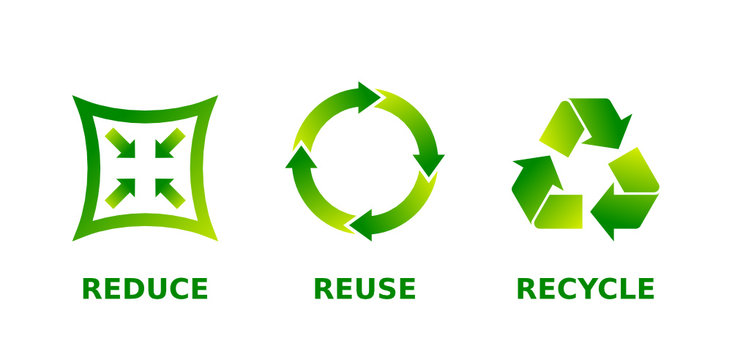Actions to take
Even without a quantified carbon footprint, we can and should already be taking a number of actions.
transport
We all know that there are a number of areas that consume particularly large amounts of greenhouse gases, the most important of which is transport.
Here we can focus on two things:
- our missions (business travel), for which we always should always take the train rather than the airplane if possible
- our means of transport to reach our laboratory at the CIRI. In this case, more and more of us choose to cycle or use public transport, but we can certainly do even better, and we need to.
energy savings
Of course, our buildings are also major emitters of greenhouse gases. We don't own our buildings and it's not our role to carry out energy-efficient renovations. Our supervisory bodies are working on this.
However, we can already think about saving energy simply by turning off the lights in unoccupied rooms, by reducing the heating in our offices before leaving in the evening, by closing doors, by using the stairs rather than the lifts and by switching off unused appliances completely (an PSM on standby only consumes 30% less than when in use!).
We can also sort out everything stored on remote servers (gmail, cloud...). Small gestures don't mean big things, but when you put them all together... In this area, there are also some good ideas, such as setting the temperature in freezers to -70°C instead of -80°C. This saves energy, but there is a considerable risk of losing samples if the freezer is opened frequently. The choice is yours!
reduce the use of ressources
The final source of greenhouse gas emissions concerns our consumables and equipment. Everyone in the laboratory can see the number of parcels arriving every day. A parcel is transport. Of course, our suppliers have a huge responsibility and a great deal of scope for improving deliveries. But we also have actions to take, such as thinking about the organisation of orders to limit deliveries. We also need to make our equipment last, and not want the latest model just because it's new. This is particularly the case in the IT sector, where a computer shouldn't be changed after one or two years; it remains efficient for more than 5 years, especially if it's updated regularly.

If there's one area where we need to take effective action, it's plastic consumables. Plastic consumables have been around in laboratories for not so long, but for fear of contamination they quickly became synonymous with single use. But is this really necessary? Here's an example: in cell culture, the same dish can be used several times without any risk of contamination or deterioration in cell growth conditions. Plastic has changed the way we work. But now we have to try to reduce our consumption, reuse consumables (no more single use), and recycle them. Once again, we're going to change the way we work and perhaps rediscover the use of glass!
summary
There's a lot that can be done, in different areas (sorting, transport, energy saving, orders). If we all take actions, we can be more efficient and we can even save on costs.


